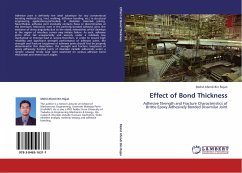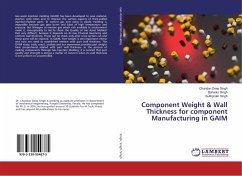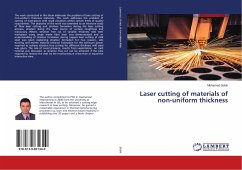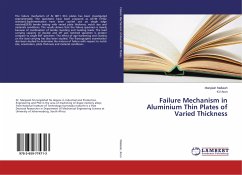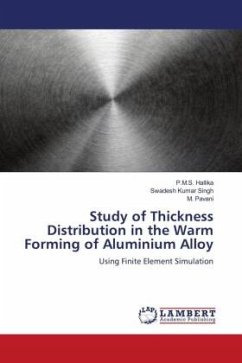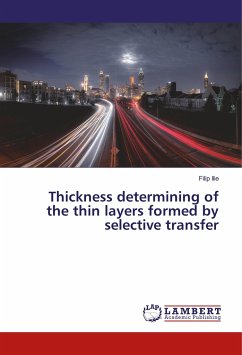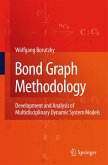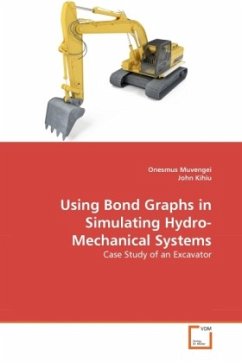Adhesive joint is definitely the ideal substitute for any conventional bonding methods (e.g. rivet, welding, diffusion bonding, etc.) in structural engineering applications,particularly in dissimilar materials joining. Nevertheless, adhesive joint inevitably contains flaws or discontinuities at the interfaces. Moreover, even in the perfectly bonded adhesive joint, the existance of stress singularity due to the elastic mismatches which develops at the region of interface corner may initiate failure. As such, adhesive joints often fail unexpectedly and severely under a relatively low mechanical or thermal load in service.Therefore, in order to ensure high reliability and significant strength performance of adhesive joints, the strength and fracture toughness of adhesive joints should first be properly determined.In this dissertation, the strength and fracture toughness of epoxy adhesively bonded joints of dissimilar metallic adherends under a remote uniaxial tensile load were examined on various adhesive bond thicknesses and several scarf angles.
Bitte wählen Sie Ihr Anliegen aus.
Rechnungen
Retourenschein anfordern
Bestellstatus
Storno

